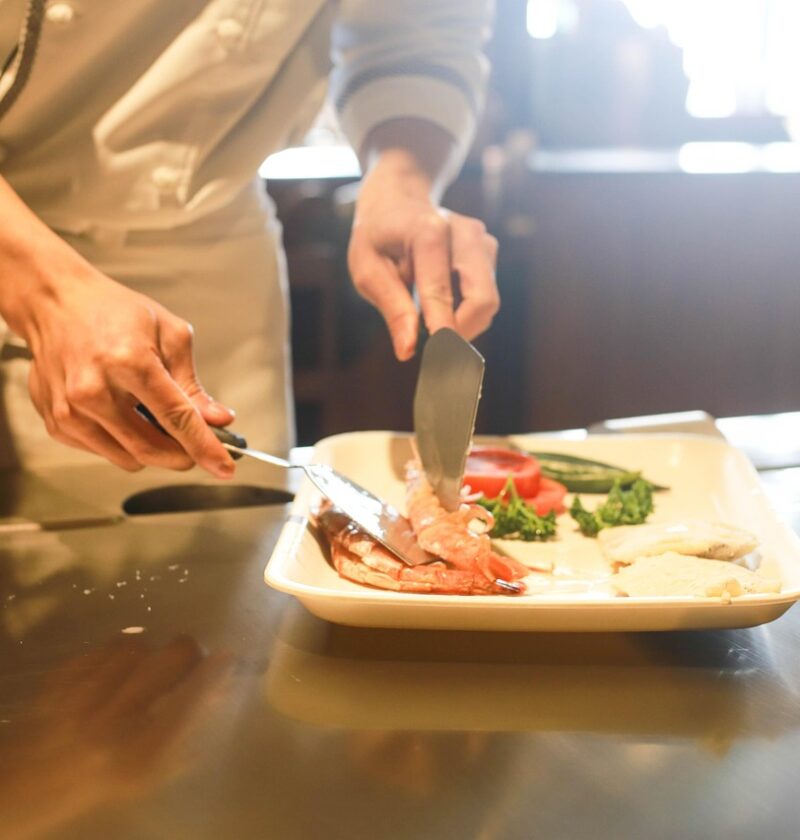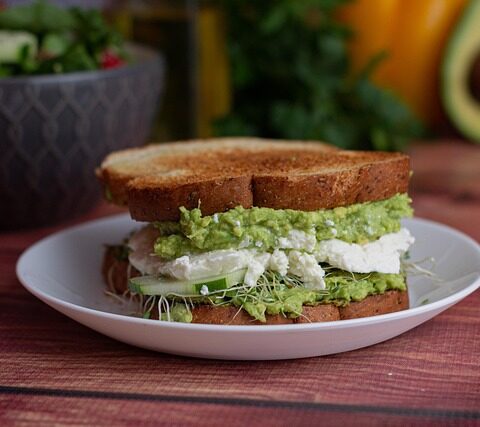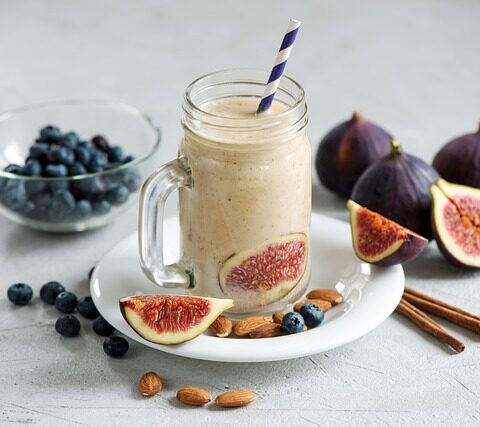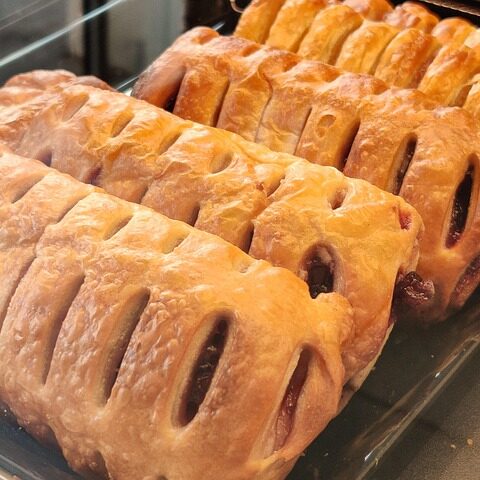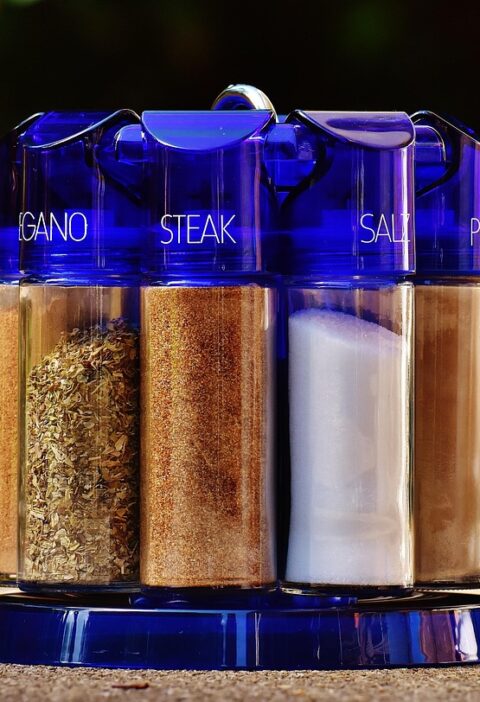Cooking is one of those life skills that everyone benefits from learning. Whether you live alone, with family, or with roommates, knowing how to cook will save you money, keep you healthier, and even impress your friends. But if you’re a beginner, stepping into the kitchen might feel overwhelming. There are countless recipes, endless ingredients, and techniques that sound complicated at first glance.
Here’s the good news, you don’t need to know everything to get started. You just need to master the essential cooking methods, the basic building blocks that make up almost every recipe. Once you understand these, you’ll have the confidence to cook practically anything, even if you’ve never followed a recipe before.
In this article, we’ll break down the most important cooking methods every beginner should learn first. We’ll explain what they are, how they work, and when to use them. By the end, you’ll be able to walk into your kitchen and whip up simple, delicious meals without fear.
Why Learning Basic Cooking Methods Matters
Before diving in, let’s answer a key question: why focus on cooking methods instead of just recipes?
The answer is simple: recipes tell you what to do, but cooking methods teach you why you’re doing it.
If you know how to sauté, roast, or steam, you won’t have to rely on memorizing recipes. You’ll be able to adapt to whatever ingredients you have at home, adjust flavors to your liking, and avoid common mistakes that frustrate beginners.
Cooking methods give you freedom and confidence in the kitchen.
1. Boiling
Boiling is one of the easiest and most common cooking methods. It simply means cooking food in water (or broth) that has reached its boiling point, 212°F (100°C).
Examples of foods to boil: pasta, rice, potatoes, eggs, and vegetables.
Tips for beginners:
- Add a little salt to boiling water to season food while it cooks.
- Don’t overcrowd the pot; this can lower the temperature and slow down cooking.
- For pasta, keep the water bubbling steadily so it doesn’t stick.
Boiling is a great starting point because it’s hard to go wrong. It’s also the foundation for many comfort foods, from spaghetti to soups.
2 Steaming
Steaming means cooking food with hot steam instead of directly in water. This method preserves nutrients and keeps food light and fresh.
Examples: broccoli, carrots, dumplings, fish, chicken breast.
Why it’s great for starters:
- No oil needed, so it’s healthy.
- Food retains its natural color, flavor, and vitamins.
- Easy cleanup.
- You don’t need a fancy steamer. A metal strainer over a pot of boiling water works just as well.
3. Sautéing
Sautéing is cooking food quickly in a small amount of oil or butter over medium-high heat. The word comes from the French word “sauter,” meaning “to jump,” because the food sizzles and moves in the pan.
Examples: stir-fried veggies, onions for pasta sauce, chicken cubes, shrimp.
Tips:
- Preheat your pan before adding oil.
- Cut ingredients into small, even pieces so they cook fast.
- Don’t overcrowd the pan; food needs space to brown.
Sautéing builds flavor fast and is a beginner’s best friend.
4 Roasting
Roasting is cooking food in the oven at high heat, usually between 375°F and 450°F (190°C–230°C). It caramelizes the surface of the food, creating a golden-brown crust while keeping the inside tender.
Examples: roasted chicken, potatoes, carrots, zucchini, whole fish.
Tips:
- Preheat your oven first for even cooking.
- Use a little oil to prevent sticking and enhance browning.
- Don’t flip food too often; let it crisp on the surface.
Roasting is perfect for hearty meals that feel restaurant-quality but are easy to make at home.
5 Baking
Baking is similar to roasting but usually refers to breads, cakes, and pastries. The key difference is precision; baking is more of a science than other cooking methods. Like bread, cookies, muffins, and pies.
Beginner tips:
Follow recipes closely, especially when it comes to measurements.
- Preheat the oven before putting anything inside.
- Don’t open the oven door too often, as it lowers the temperature.
- Baking is one of the most rewarding skills to learn because you get to enjoy fresh, homemade treats.
6. Grilling
Grilling involves cooking food over direct heat, on a barbecue, grill pan, or even a stovetop griddle. It gives food a smoky flavor and beautiful char marks.
For example like, burgers, steak, chicken skewers, corn on the cob, peppers.
Tips:
- Preheat your grill until it’s hot.
- Lightly oil food to prevent sticking.
- Don’t press down on meat; it squeezes out the juices.
Grilling is perfect for social meals and outdoor cooking.
7. Frying
Frying means cooking food in hot oil. There are two main types: shallow frying (like pan-frying eggs) and deep frying (submerging food completely, like French fries).
Examples: fried chicken, doughnuts, samosas, and onion rings.
Beginner advice:
Make sure oil is hot before adding food (you can test with a small bread piece; it should sizzle immediately).
- Don’t overcrowd the pan.
- Drain fried food on paper towels to remove excess oil.
- Frying takes practice but gives crispy, delicious results.
8 Braising
Braising is a slower method where you first sear food (like meat) and then cook it gently in liquid for a long time.
Examples: beef stew, pulled pork, braised chicken thighs.
Why it’s beginner-friendly:
- Hard to mess up, low and slow cooking makes food tender.
- One-pot method, less cleanup.
- Works with cheaper cuts of meat, saving money.
Braising is comfort cooking at its best.
9. Blanching
Blanching means boiling food briefly, then plunging it into ice water to stop the cooking. Like green beans, spinach, and tomatoes (for easy peeling).
Why it matters:
- Keeps veggies bright and crisp.
- Prepares food for freezing without losing flavor.
- A quick way to prep before stir-frying.
10. Poaching
Poaching means cooking food gently in hot liquid below the boiling point. Such as eggs, fish, chicken, and pears.
Beginner tips:
- Use broth or flavored water for extra taste.
- Keep the liquid at a simmer, not a rolling boil.
- Perfect for delicate foods that might break apart.
Poaching gives food a soft, tender finish without extra oil.
Putting It All Together
Once you learn these basic cooking methods, you’ll realize that most recipes are just combinations of them. A stir-fry? That’s sautéing. A lasagna? That’s baking. Chicken curry? That’s sautéing and simmering.
Learning methods instead of memorizing recipes means you can adapt, improvise, and cook with whatever you have in your kitchen.
SEE MORE: 5 Healthy Dessert Recipes That Won’t Ruin Your Diet
Conclusion
Cooking doesn’t have to be overwhelming. If you’re a beginner, start with these essential methods: boil, steam, sauté, roast, bake, grill, fry, braise, blanch, and poach. These are the cornerstones of cooking, and once you’ve got them down, you can cook nearly anything.
Remember, cooking is about practice and patience. Don’t be afraid to make mistakes. Every meal you cook teaches you something new. And before long, you’ll not only be feeding yourself well but also enjoying the process.
So grab a pan, fire up the stove, and start experimenting. The kitchen is your new playground.

